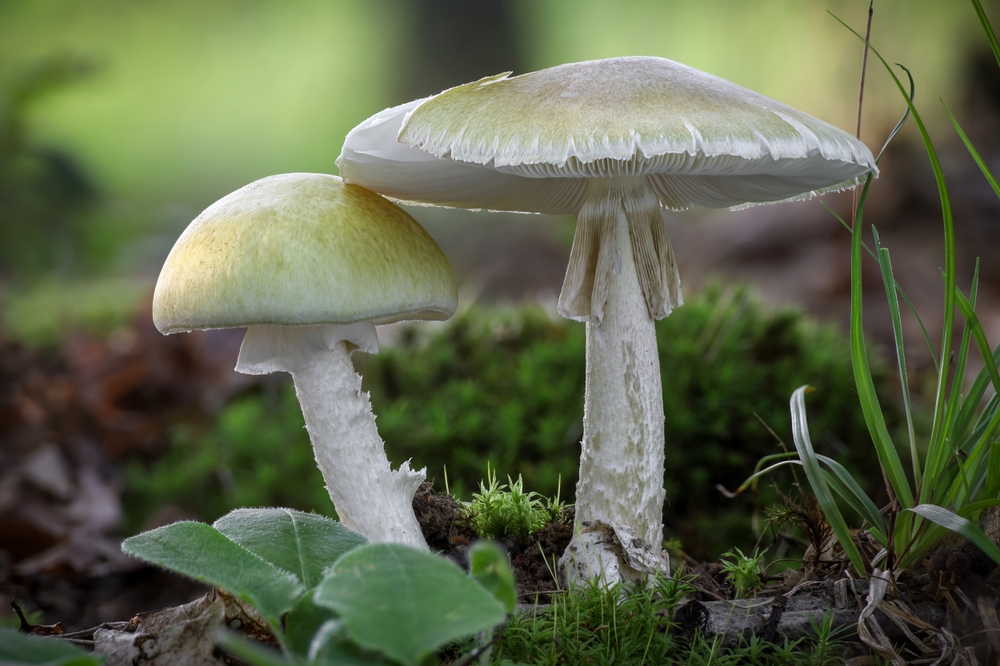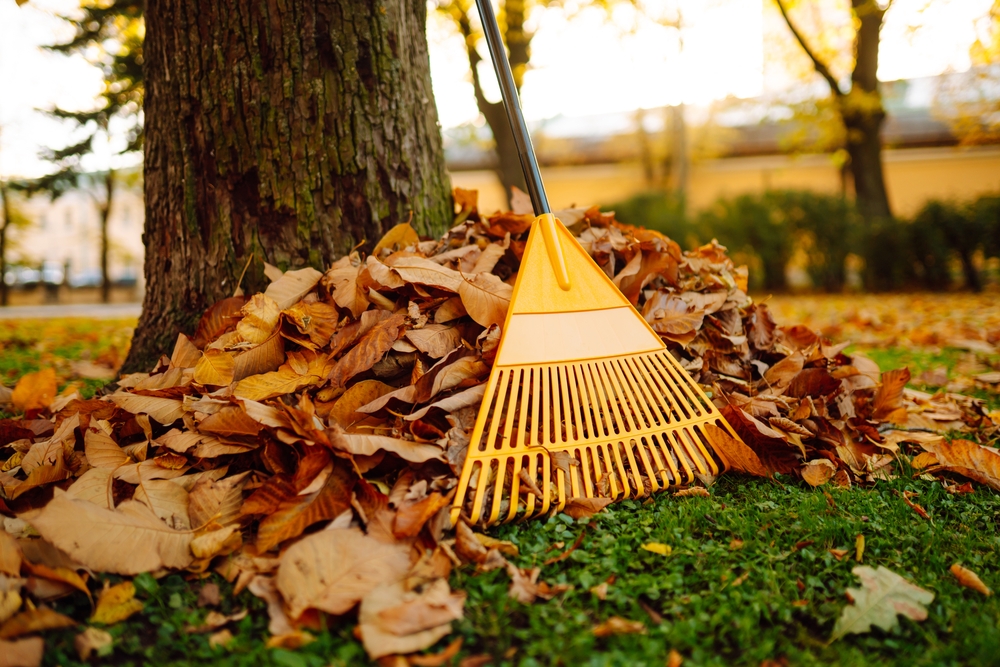
Image Source: Shutterstock.com
There’s something magical about a crisp autumn afternoon—the air smells woodsy, the trees turn fiery shades of gold, and the ground transforms into a crunchy carpet of fallen leaves. But what happens after the Instagram-worthy season fades and those vibrant leaves start to rot? Most people just rake them up or watch them disappear under the next snowfall, but beneath the surface, an invisible world of workers gets busy.
These unsung heroes aren’t squirrels or worms—they’re fungi, nature’s quiet recyclers. Without fungi, our planet would be buried in layers of leaf litter thicker than your favorite fall sweater.
Fungi: Nature’s Ultimate Decomposers
Fungi are the backbone of decomposition, taking organic material that’s too tough for most organisms and transforming it back into nutrients that feed ecosystems. When leaves drop, fungi swoop in like microscopic demolition experts, breaking down cellulose and lignin—the stiff materials that make leaves strong.
These compounds are notoriously difficult to digest, but fungi possess special enzymes that can dismantle them efficiently. The result is a slow but steady transformation of dead leaves into rich, dark humus—the foundation of fertile soil. Without fungi, autumn’s beauty would never truly recycle into next spring’s growth.
The Secret Enzymes That Do the Heavy Lifting
What gives fungi their superpower? Enzymes—tiny biological tools that specialize in breaking down complex molecules. Fungi release these enzymes into leaf litter, dissolving the tough structures that plants use for support. Once the chemical bonds are broken, fungi absorb the simpler compounds as food, fueling their growth and reproduction.
It’s a bit like watching a master chef disassemble a gourmet meal, piece by piece, before turning it into something entirely new. Every fallen leaf becomes a buffet, and fungi are the uninvited guests who never leave hungry.
The Mycelium Network: Underground Internet of Decomposition
If you’ve ever peeled back a layer of damp leaves and seen white, thread-like filaments weaving through the soil, you’ve spotted mycelium—the living body of fungi. This sprawling underground network acts like nature’s internet, connecting roots, nutrients, and microorganisms across vast distances. When fungi colonize fallen leaves, the mycelium sends out tiny threads that infiltrate the plant tissue, digesting it from the inside out. It’s an incredible collaboration between life and decay, with fungi recycling what trees shed back into the ecosystem. The next time you crunch through a pile of leaves, remember: underfoot lies a living web that never sleeps.
Teamwork: Fungi and Bacteria in Harmony
Fungi may take center stage, but they don’t work alone. They team up with bacteria, worms, and insects to create a full-scale decomposition orchestra. Fungi start the process by breaking down the toughest materials, and bacteria follow by consuming the simpler leftovers. Together, they speed up the breakdown process, ensuring nutrients return to the soil faster than you can say “pumpkin spice latte.” This teamwork keeps ecosystems balanced and prevents the buildup of waste, proving that even decay is a community effort.

Image Source: Shutterstock.com
The Nutrient Cycle: Death Becomes Life Again
Every time fungi break down a leaf, they’re feeding the cycle of life. The carbon, nitrogen, and minerals locked inside leaves get released back into the soil, becoming available for plants to absorb. Trees use these nutrients to grow new leaves, which will eventually fall again—creating an endless loop of renewal. This process not only supports plant life but also influences entire ecosystems, from tiny soil microbes to large forest animals. In a way, fungi are the great equalizers, turning yesterday’s debris into tomorrow’s forest canopy.
Fungi and Climate: The Carbon Connection
Here’s a twist you might not expect: fungi help regulate the planet’s carbon balance. When they decompose leaves, they release some carbon dioxide back into the atmosphere but also lock a portion into the soil as organic matter. This stored carbon improves soil structure and fertility, while helping offset greenhouse gas buildup. If decomposition didn’t happen efficiently, dead plant matter would pile up, trapping carbon instead of cycling it properly. So yes, those humble fungi nibbling on fallen leaves are quietly influencing global climate stability—one spore at a time.
The Beauty of Fungal Diversity
Not all fungi are created equal—some specialize in different leaves, climates, or decay stages. You’ll find soft rot fungi that prefer moist conditions, white rot fungi that break down lignin, and brown rot fungi that target cellulose. Each species plays a unique role in dismantling leaf litter, like specialized chefs in nature’s kitchen. Some fungi even glow faintly in the dark as they work, creating tiny spots of bioluminescent magic deep in the forest floor. It’s an invisible show that happens every autumn, starring a cast so diverse it would make a Hollywood ensemble jealous.
How Gardeners Can Help the Process
If you’re a gardener or just someone who loves a tidy yard, fungi can be your best ally—if you let them. Instead of bagging up every fallen leaf, try creating a compost pile or leaf mold corner where fungi can do their work undisturbed. Shredding leaves speeds up decomposition, and keeping the pile slightly moist invites fungal growth. Over time, you’ll get nutrient-rich compost that’s perfect for feeding your plants naturally. By working with fungi instead of fighting them, you turn your yard into a miniature ecosystem powerhouse.
Fungi, The Hidden Architects of Autumn
While we marvel at fall’s fiery beauty, it’s the quiet decay that keeps nature running smoothly. Fungi are the silent workers transforming leaf piles into living soil, ensuring forests, gardens, and ecosystems stay alive and thriving. They remind us that decay isn’t the end—it’s the beginning of renewal. So, the next time you rake your yard or hike through a forest blanketed in leaves, take a moment to appreciate the invisible army beneath your boots.
Have you noticed signs of fungi in your backyard or forest walks? Let us know your thoughts, stories, or photos in the comments section below.
You May Also Like…
Natural Ways To Control Fungus in Plants
Why Fall Pruning Sets Trees Up for Spring Growth
Why Leaf Piles Attract Beneficial Insects
How to Turn Fallen Leaves Into Black Gold Compost
7 Composting Tricks That Only Work in Autumn
Leave a Reply